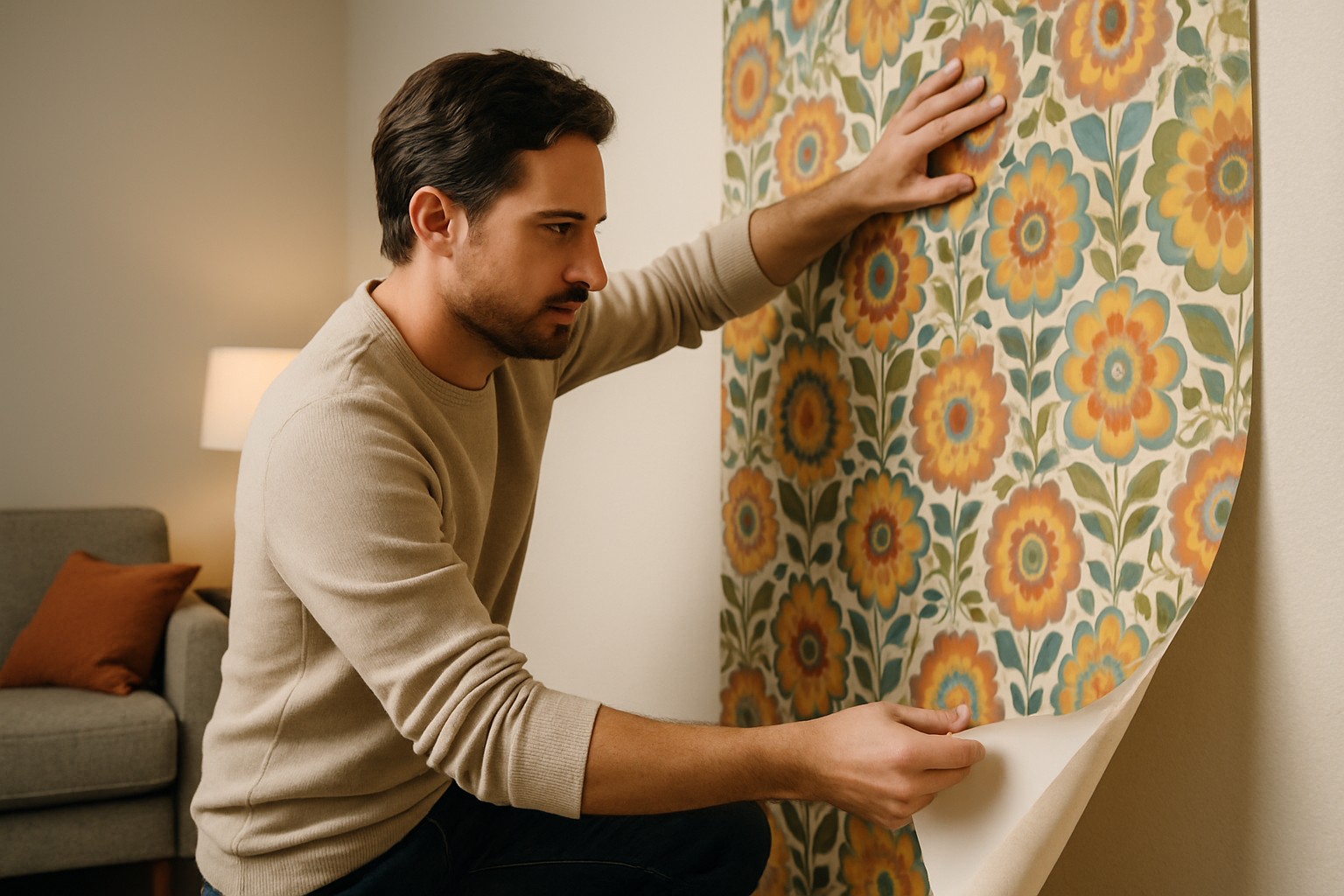Wall Panels: Enhancing Your Space with Style and Function
Wall panels have become increasingly popular in interior design, offering a versatile solution for enhancing the aesthetics and functionality of various spaces. From residential homes to commercial buildings, these decorative elements provide a range of benefits that go beyond mere visual appeal. In this article, we'll explore the world of wall panels, their types, installation processes, and the advantages they bring to any room.

The functionality of wall panels extends beyond aesthetics. They can serve as insulation, soundproofing, or even moisture barriers, depending on the material and design. Some panels are engineered to improve acoustics in rooms, while others are designed to resist impact or provide easy-to-clean surfaces for high-traffic areas.
What types of wall panels are available in the market?
The market offers a wide variety of wall panels to suit different needs and preferences:
-
Wood Panels: These classic options range from rustic reclaimed wood to sleek, modern veneers. They add warmth and texture to any space.
-
3D Panels: Made from various materials, these panels create depth and visual interest with their three-dimensional designs.
-
Fabric Panels: Offering excellent sound absorption, these panels are popular in offices and home theaters.
-
Metal Panels: Durable and modern, metal panels are often used in commercial spaces or as accent walls in contemporary homes.
-
PVC and MDF Panels: These synthetic options are lightweight, affordable, and come in a variety of patterns and finishes.
-
Stone and Brick Veneer Panels: These panels mimic the look of natural stone or brick without the weight and installation complexity.
Each type of panel offers unique benefits and can be chosen based on the specific requirements of the space and the desired aesthetic outcome.
How are wall panels installed?
The installation process for wall panels varies depending on the type and material. However, most panels follow a general installation procedure:
-
Preparation: Ensure the existing wall is clean, dry, and free of any imperfections.
-
Measuring and Cutting: Measure the wall space and cut panels to fit, allowing for outlets and switches.
-
Adhesive Application: Apply a suitable adhesive to the back of the panel or directly to the wall.
-
Panel Placement: Carefully position the panel on the wall, ensuring it’s level and properly aligned.
-
Securing: Press the panel firmly against the wall to ensure proper adhesion. Some panels may require additional mechanical fastening.
-
Finishing: Complete the installation by adding trim pieces, if necessary, and touching up any seams or joints.
While many homeowners opt for DIY installation, professional installation is recommended for complex materials or large-scale projects to ensure the best results.
What are the benefits of using wall panels?
Wall panels offer numerous advantages that make them an attractive option for both residential and commercial spaces:
-
Aesthetic Enhancement: Panels can dramatically transform the look of a room, adding texture, color, and visual interest.
-
Easy Installation: Compared to traditional wall treatments like wallpaper or paint, many wall panels are relatively easy to install.
-
Durability: Many panel materials are resistant to wear and tear, making them ideal for high-traffic areas.
-
Insulation: Certain types of panels can provide additional insulation, improving energy efficiency.
-
Soundproofing: Fabric and some 3D panels can help reduce noise transmission between rooms.
-
Easy Maintenance: Many panels are designed to be easy to clean and maintain, requiring minimal upkeep.
-
Versatility: With a wide range of materials and designs available, panels can suit any decor style or functional need.
How do wall panels compare to other wall treatments?
When considering wall treatments, it’s important to compare wall panels with other options:
| Treatment | Durability | Installation Ease | Customization | Maintenance |
|---|---|---|---|---|
| Wall Panels | High | Moderate to Easy | High | Low to Moderate |
| Paint | Moderate | Easy | Moderate | Moderate |
| Wallpaper | Low to Moderate | Moderate | High | Moderate to High |
| Tile | High | Difficult | Moderate | Low |
Prices, rates, or cost estimates mentioned in this article are based on the latest available information but may change over time. Independent research is advised before making financial decisions.
Wall panels often provide a balance of durability, ease of installation, and customization options that make them an attractive choice for many homeowners and designers.
Are there any drawbacks to using wall panels?
While wall panels offer many benefits, there are a few potential drawbacks to consider:
-
Cost: Some high-end panel options can be more expensive than traditional wall treatments.
-
Permanence: Certain panel types, once installed, can be challenging to remove without damaging the underlying wall.
-
Moisture Concerns: In high-humidity areas, some panel materials may be prone to warping or mold growth if not properly sealed or maintained.
-
Limited DIY Options: Complex panel systems may require professional installation, increasing overall costs.
-
Trend Sensitivity: Highly stylized panels may become dated more quickly than neutral wall treatments.
Despite these potential drawbacks, the benefits of wall panels often outweigh the concerns for many users, especially when carefully selected to match the specific needs of the space.
In conclusion, wall panels offer a versatile and attractive solution for enhancing interior spaces. With a wide range of materials, styles, and functionalities available, they provide options for nearly every design preference and practical requirement. Whether you’re looking to add visual interest, improve acoustics, or simply update the look of a room, wall panels can be an excellent choice for transforming your space with style and function.






